-
Posts
2,792 -
Joined
-
Last visited
Content Type
Profiles
Forums
Gallery
Events
Articles
Posts posted by bill
-
-
Some others I forgot to post earlier:
1901 Pan-American Exposition:

1909 St. Louis Centennial:

1909 Hudson-Fulton Celebration (I like the hanger as well as the medal):
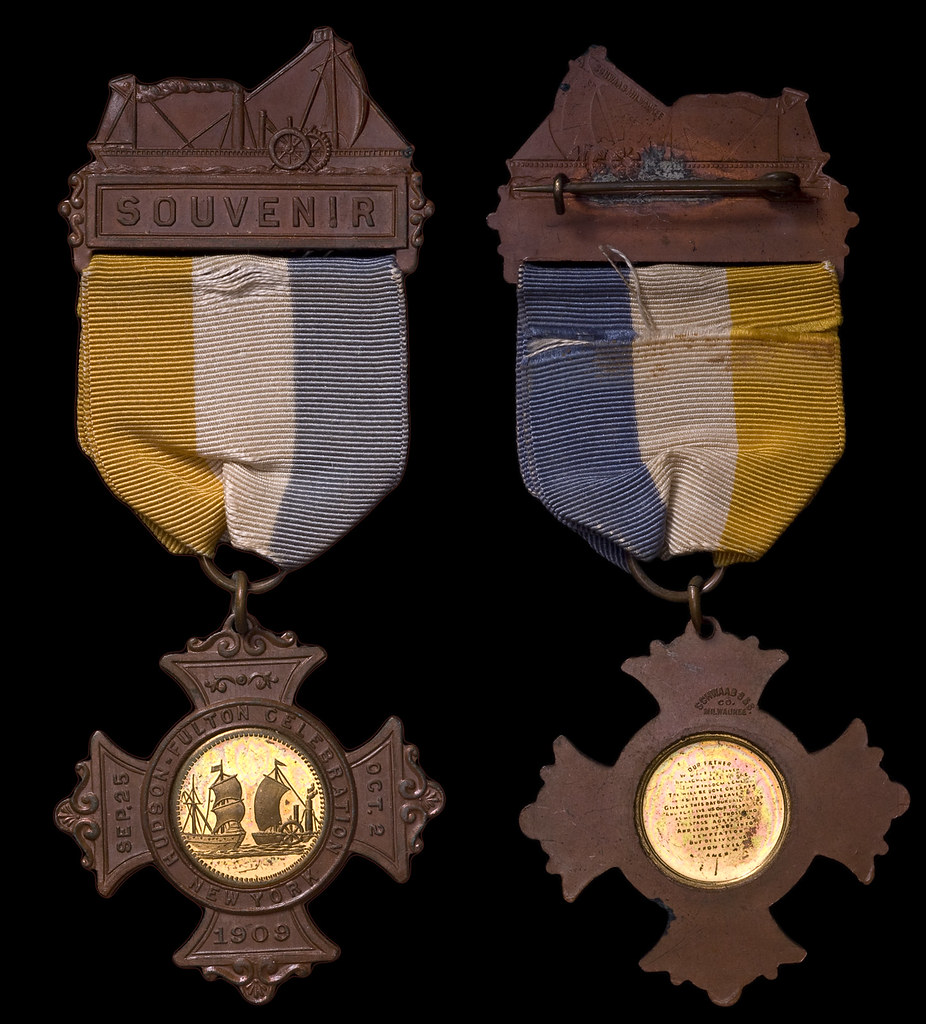
1915 Panama Canal Completion Exposition in San Francisco:
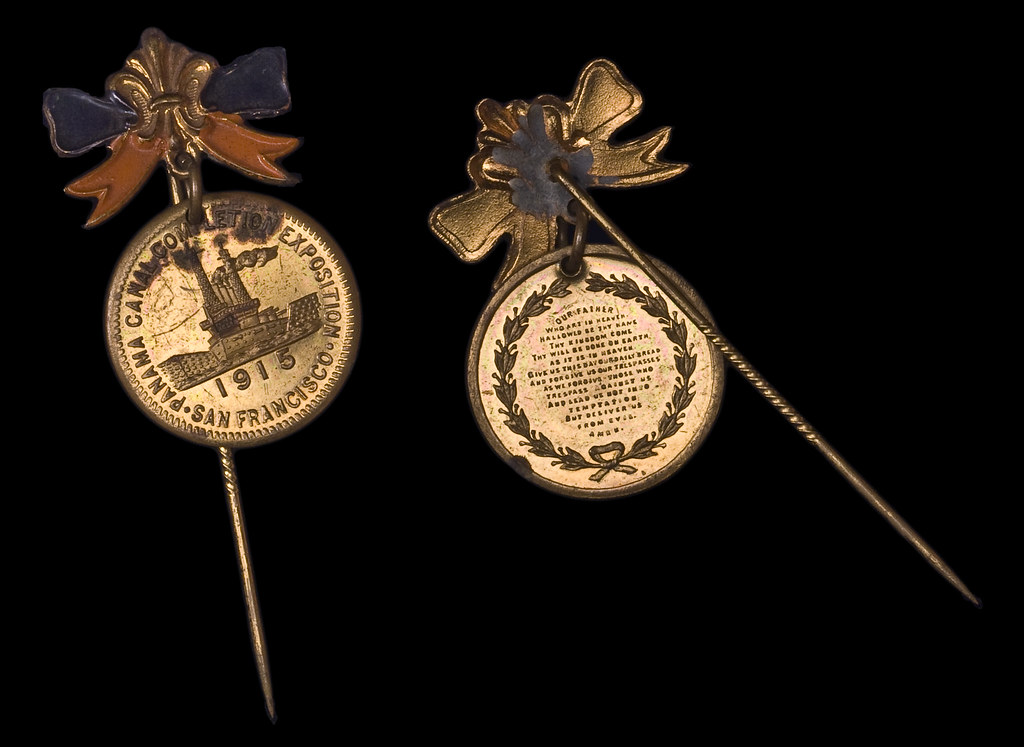
-
Pond 49 (pictured above a number of posts) is also known with a reverse for the Boston Evening Transcript:
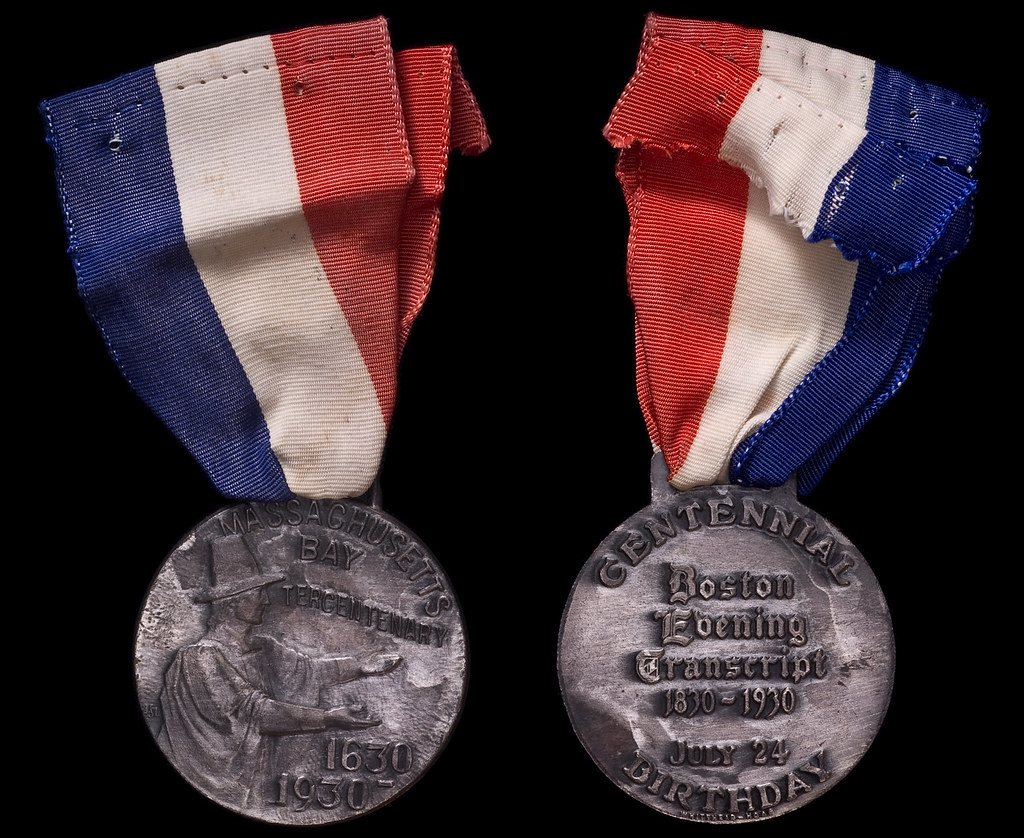
The evening transcript was celebrating its 100th anniversary while Massachusetts was celebrating its 300th anniversary.
-
It has been awhile and then I added three new pieces in one day:
The first a William Penn piece from 1893, perhaps a Columbian Exposition piece since 1682 to 1893 does not seem to correspond to a regular celebration date. The medal itself is 14mm.
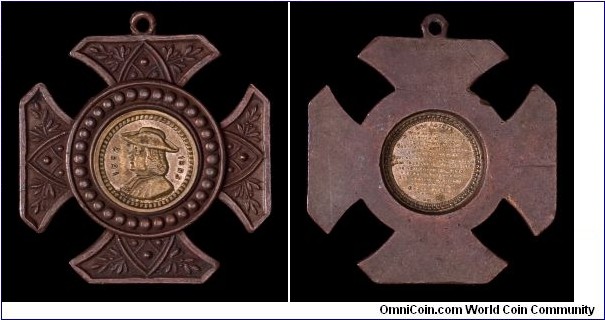
Another 14mm medal, this one for William McKinley. I am guessing it is about 1900. The hole suggests it was worn on a ribbon, either for his campaign, inaugaration, or perhaps his funeral.
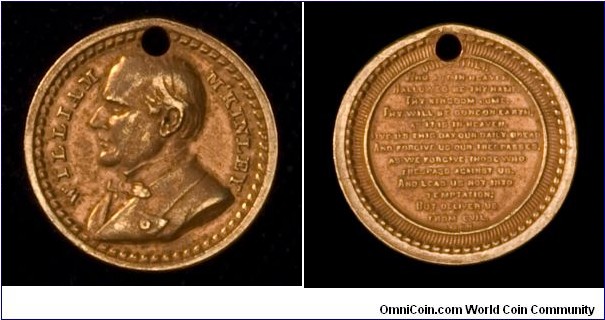
And the last suspended on a stickpin from the 1901 Pan-American Exposition in Buffalo, New York. The Niagara Falls souvenir is 19mm.
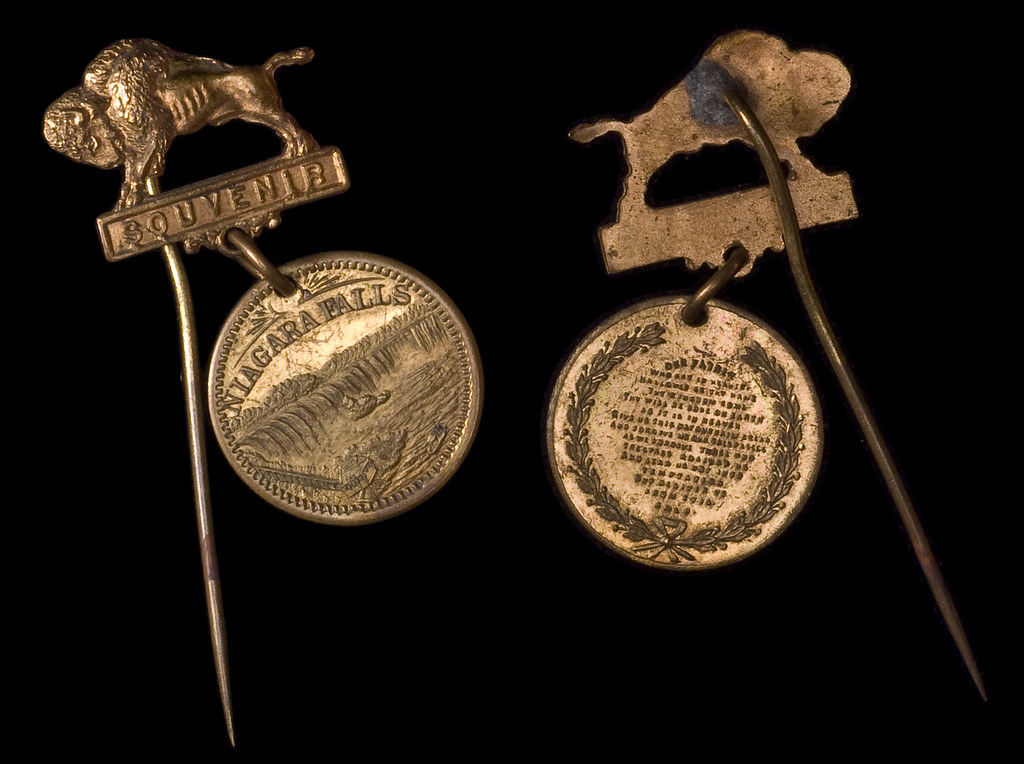
-
-
The Brandon Manufacturing Co. made the Howe Scale. They likely distributed shell cards with demonstrations of their scales at the 1876 U.S. Centennial Exposition. The recipient of my store card weighed 156 pounds.
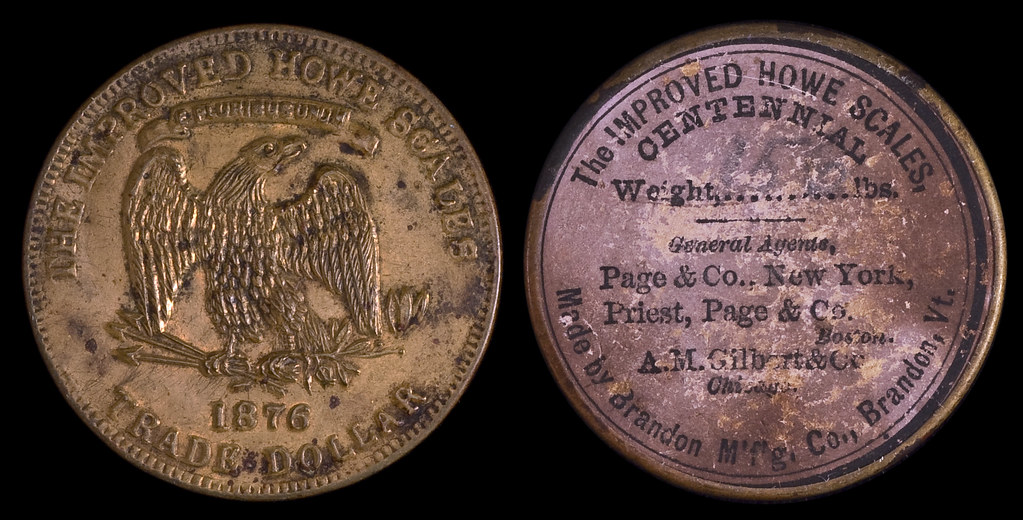
38mm, brass. 100 to 200 known making it one of the more common shell cards. The reverse is known in several different colors. Made by William F. Hyatt, successor to T.N. Hickcox & Co., New York.
-
A W. F. Scheible store card from 1867. The reverse paper insert is damaged and missing much of the text. I have faded in the text from an intact store card so it is readable. The bold text is what remains on my card. Reportedly, only 2 or 3 pieces are known.

38mm, brass. Made by Perris & Browne, New York City.
-
A shell card from Lent's New-York Circus. The troupe of trick riders and acrobats played in New York ca. 1868 in the winter and travelled throughout New England in the spring and summer months.
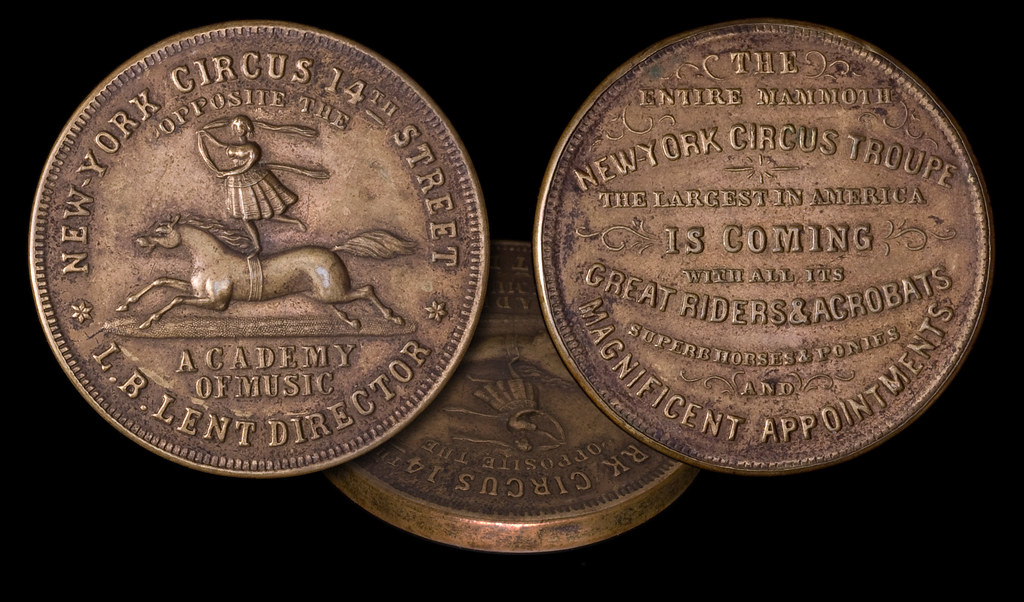
38mm, brass. The shell card known in thick and thin versions of which this example is thick. Reportedly, 20 to 30 are known.
-
A new collecting subject for me (sort of). I had two, but now I have started to acquire a few more. They are fragile and few have survived as a result. Most are rare, although collectible since there is little published about them. Q. David Bowers and the Token and Medal Society are working on changing that.
I was happy to get this piece from the Dakota Territory, 1868:
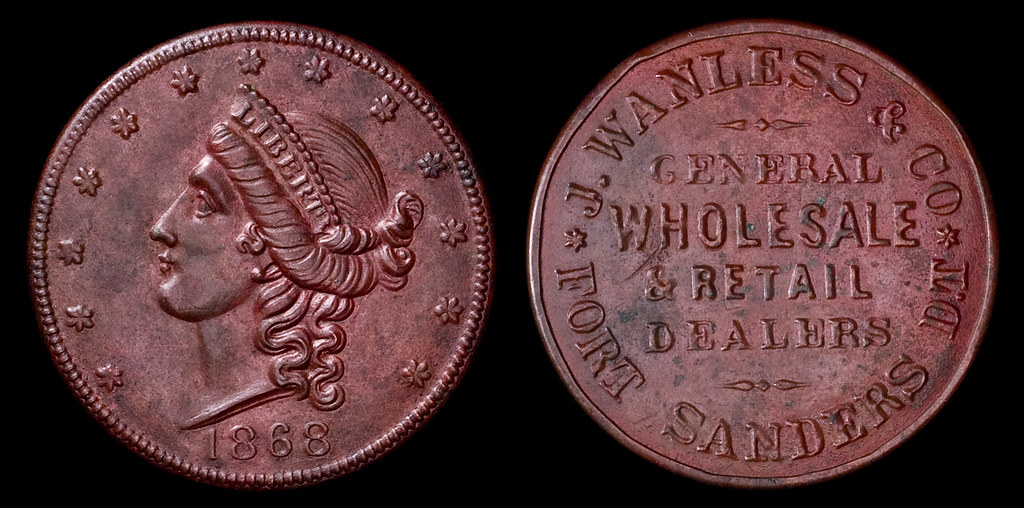
34mm, brass. Made by T.N. Hickcox & Co.
According to Bowers: John Wanless supplied items to visitors and to the fort, general merchandise. He also furnished hay for horses. Apparently, he was from Denver City, Colorado Territory.
-
My example of the coin.
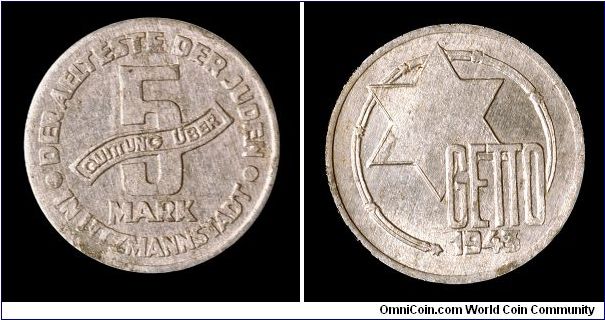
-
Welcome. I too am an archaeologist with a specialty in prehistoric art. You will find one or two other archaeologists here as well. I am also webmaster for the Token and Medal Society and a member of NTCA. You've found a good home. Do you have a specific state or country as a specialty?
-
My son's fire department, limited edition silver version:
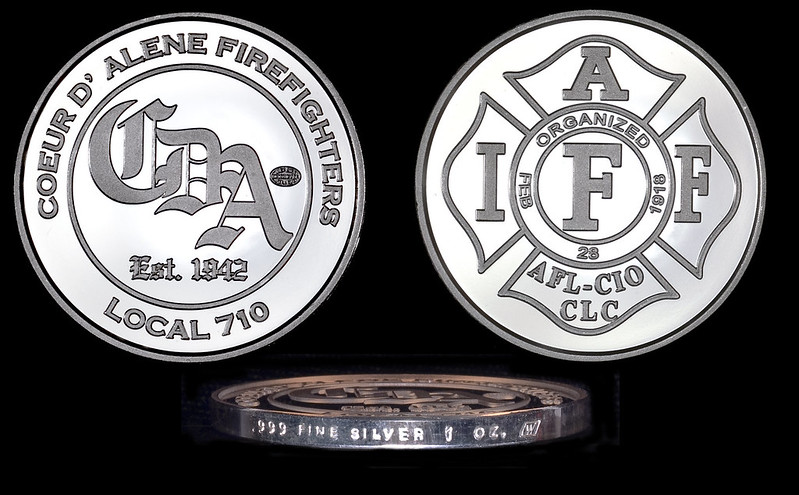
Regular version:

-
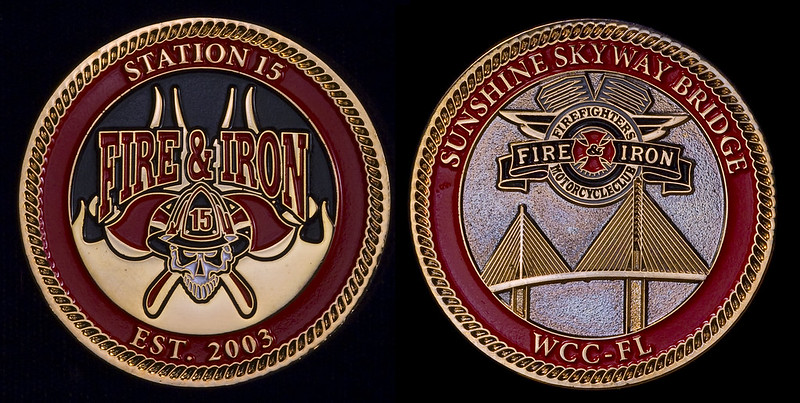
I like this design.
-
Well, then it is B3, different engraving. Different ass, arms on the back, devil has different legs.
-
A3 appears to be bronze.
-
Would need to see it in hand, but it does appear to be a double strike.
-
First, based on your picture, I would not attempt to clean your medal. It is thinly gold-plated, but the surface is not that hard. You risk creating tiny hair-lines that will decrease its value or worse.
I do not have any basis to guess how many have survived. These medals are not partuclarly valuable regardless of how many survive. Value depends on how many people want it and how much they are willing to pay. I paid $40 for mine and I am working on a collection of the entire series. I know there are others out there doing the same thing. Now that I have mine, I would not be bidding up the next collector to want one.
-
-
Didn't he technically restore the monarchy despite the methods by which he ruled?
-
I have to agree. Not a coin and not very interesting except as an example of performance art. I would not call it an investment and I think it will be illegal to sell them in Minnesota after August 1 (refering to Minnesota's new bullion coin dealer act).
Thank you Art. Good decision to at least have the discussion here.
-
Beautiful image.
-
It looks genuine to me, corroded from being buried, not cast. But, as mentioned, need to see it in hand to be certain. I would not write it off. Pegasi handles a wide array of medieval pieces. They might know.
-
-
-
My only papal medal, a large aluminum piece from 1926:
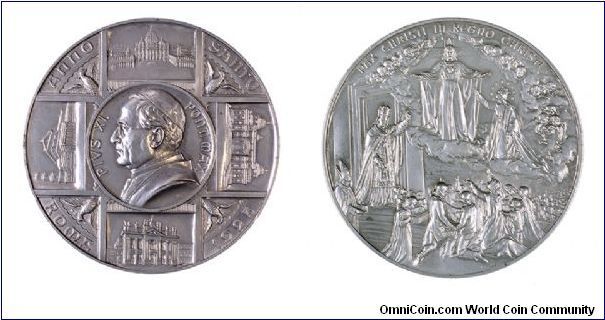


LIBERATION OF STETTIN 1813, NAPOLEONIC WARS.
in Exonumia (Tokens, Medals, etc) Forums
Posted
Nice piece. Are you collecting the series or only pieces as you come across them?